I am just completing this project...my biggest take-away is that I'm not a very good woodworker!
Considering Morgan did not use preservative on the wood frame, and only brush painted what they could see before rolling it out the door, the wood was in decent condition...for 60-year-old English Ash. However, the car had been hit on the right side hard at some point, and it was "repaired" in an abysmal fashion with scraps and cheap plywood. So I decided to rebuild it from scratch.
The biggest challenge on this project has been that there are no standardized pieces, no patterns or plans...just whatever damaged wood remained to use as patterns. (I'm not even sure in 1955 that Morgan had fancy tools like "rulers" or "tape measures"--just held-up thumbs and a practiced squint.)
I used American ash, and a lot of it: At least twice as much as a pro would have used, as I made a lot of scrap. One day I will learn how to do "reflection" properly; I've very good at making two left pieces and no right pieces (for all meanings of the word "right").
If you really want to be bored with more detail, my blog at http://rustyheaps.com has more photos, etc., just choose the Morgan from the category list.
So you have an idea of what the car is, this is my "Moggie", "photoshopped" to show its original and eventual color (it was dark green when purchased). I drove this car six miles home, and those were easily the most dangerous six miles I've ever driven--and I've been 140 mph on a motorcycle!
This is what the body frame looked like after being freed from the chassis and de-skinned:
This frame was so shaky someone used a turnbuckle and bailing wire to try and keep it in one piece. The main horizontal cross members, such as they are, fell out and are lying on the cart in the photo (that's not encouraging, FWIW). The left side is largely original; the right side is junk.
The original wheel arches are made from laminated ash (three 1/4" pieces glued and set on a mold), while the backing board (the vertical piece) originally was as seen below, two 12" wide boards joined with a spline, above the axle. These are not ash, I suspect they may be poplar.
The left-side frame pieces, most would serve as at least rudimentary patterns
Also (sort of) suitable for patterns were these "cross pieces"
Though two or those turned out to not be original.
The floors in the car were originally boards salvaged from shipping crates, joined with a spline...you can see a few of those on the table as well.




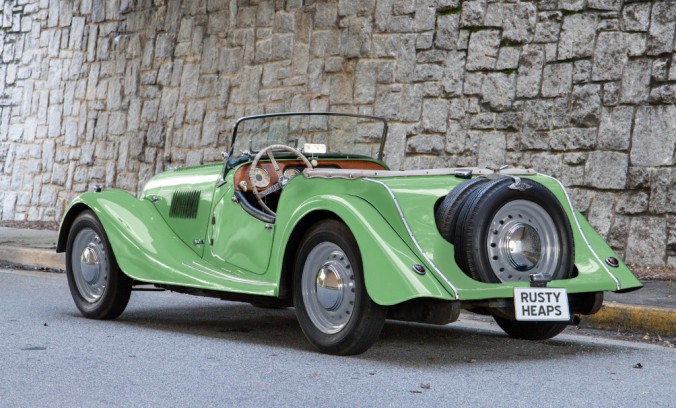
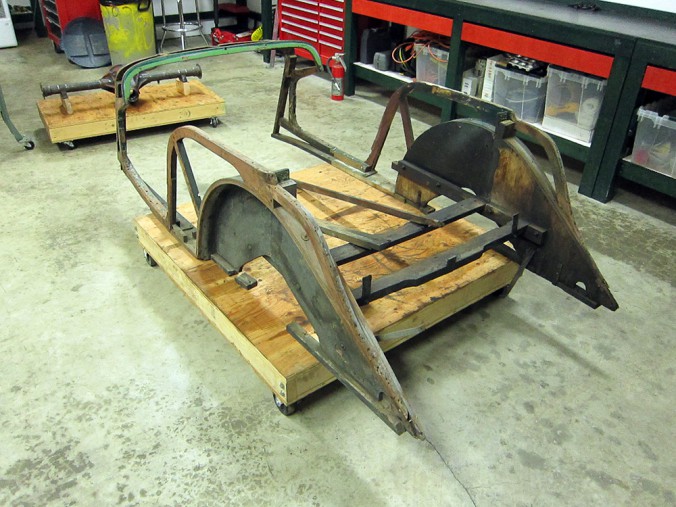
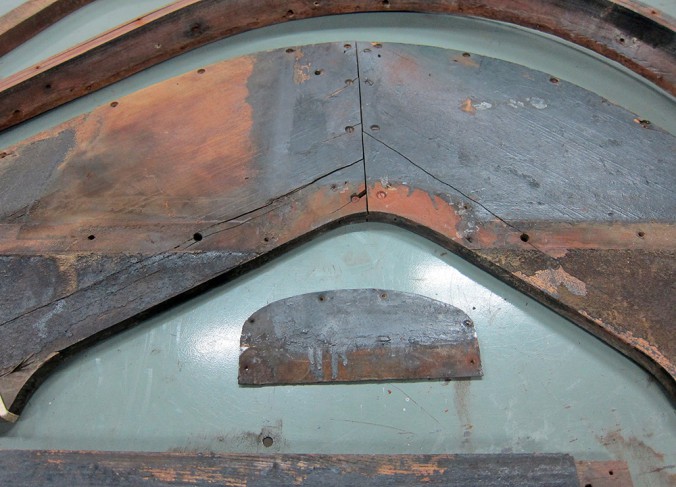
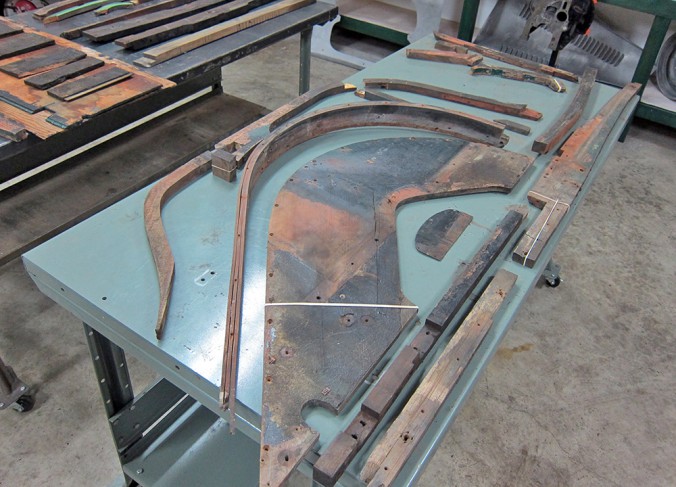


 Reply With Quote
Reply With Quote
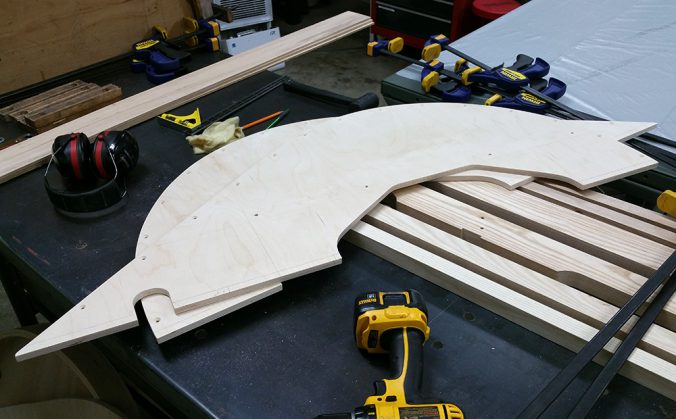

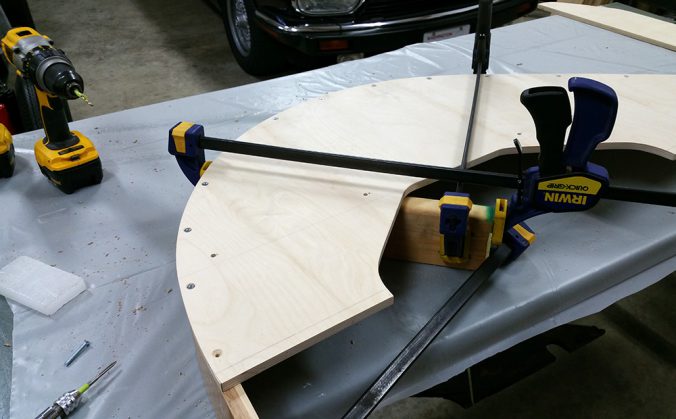
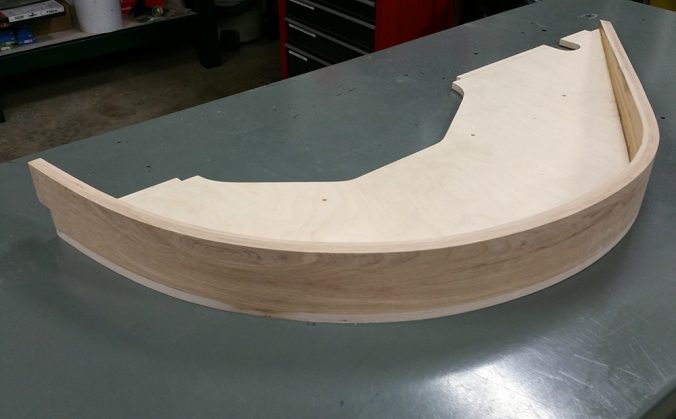
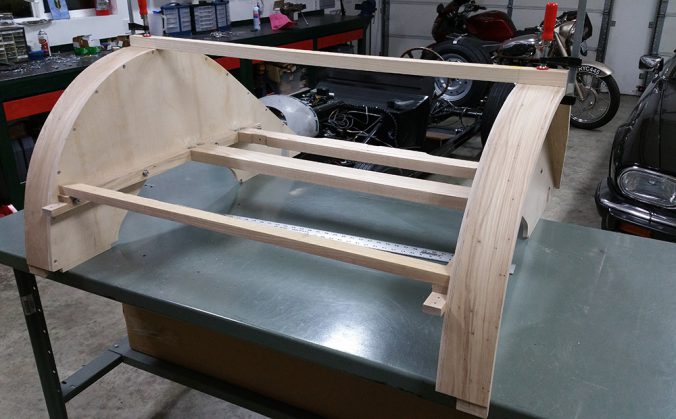

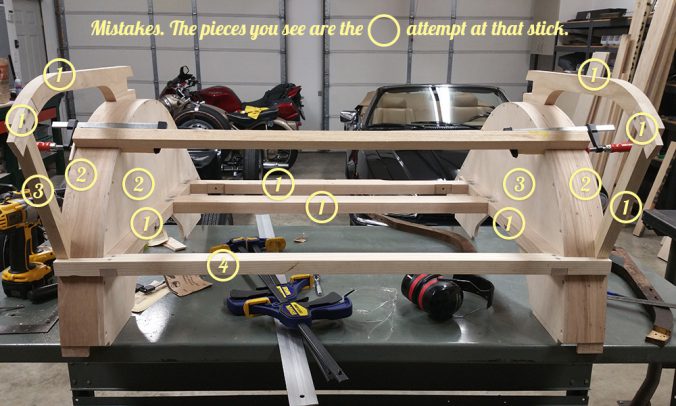
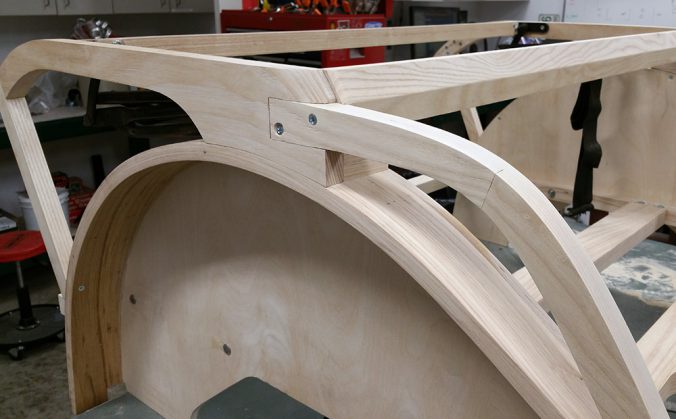
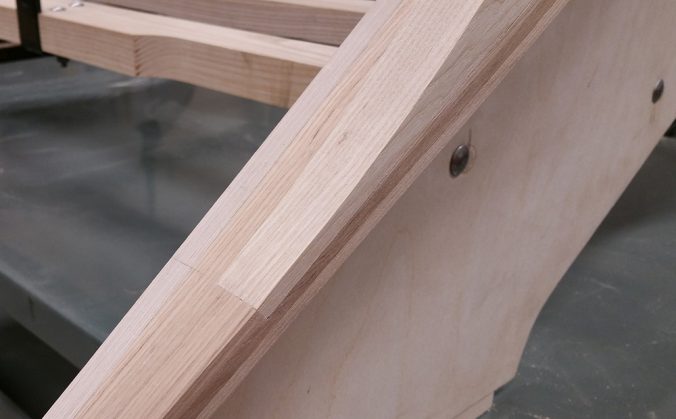
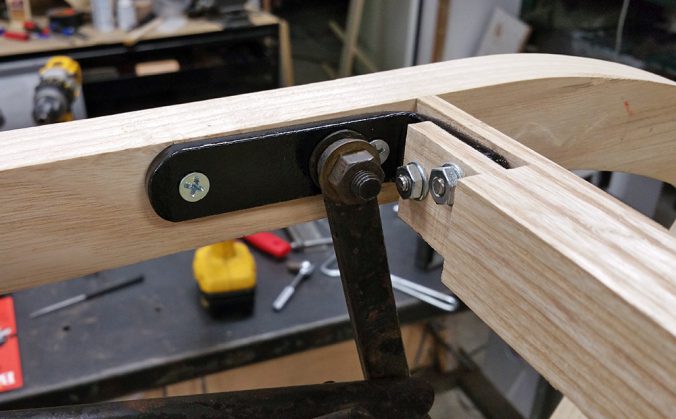

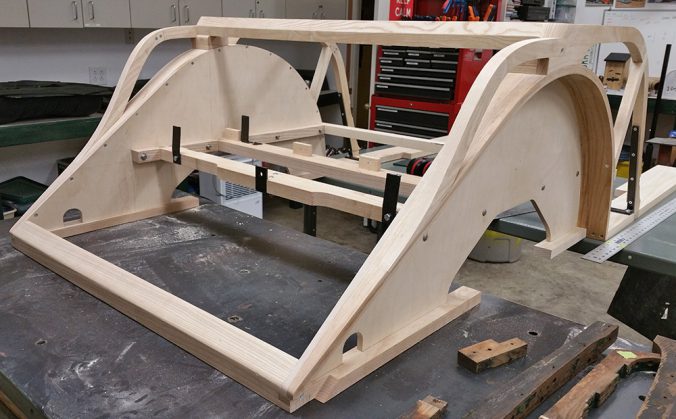


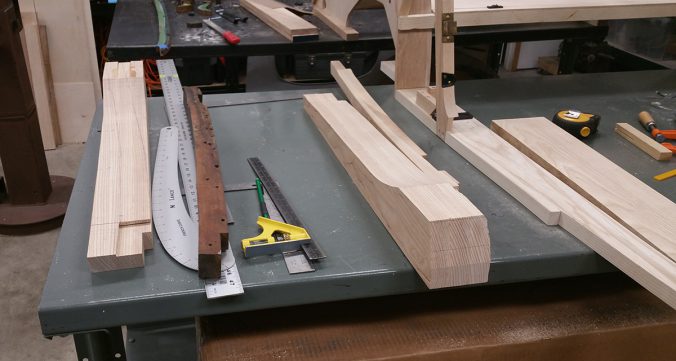

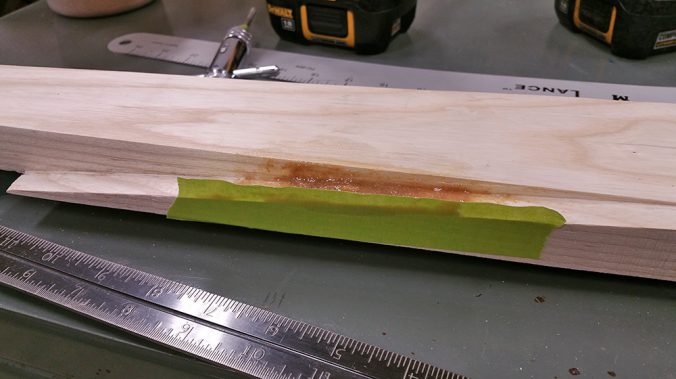
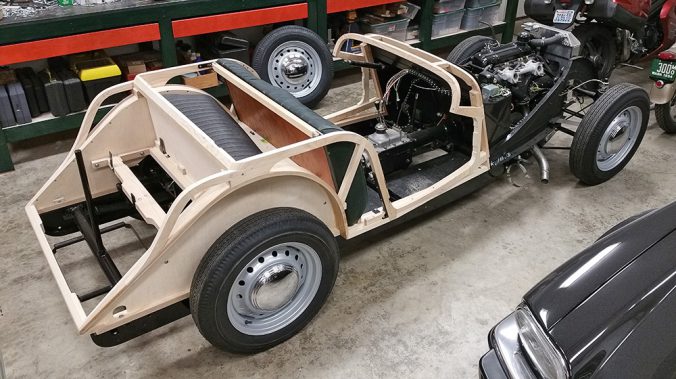



 Please help support the Creek.
Please help support the Creek.